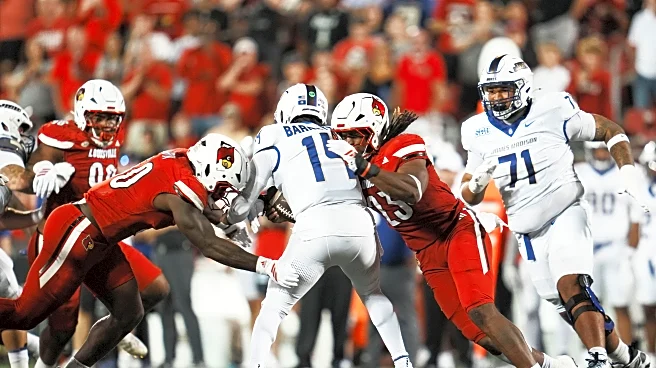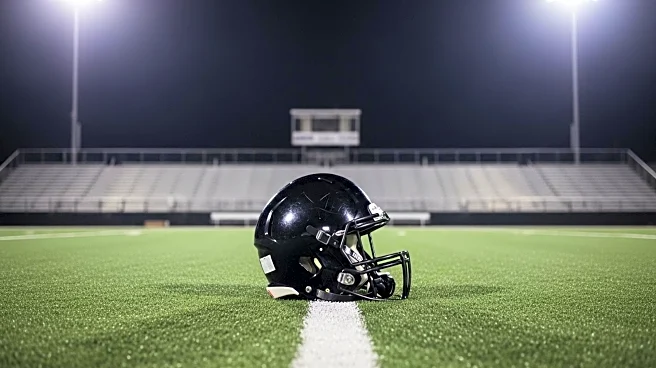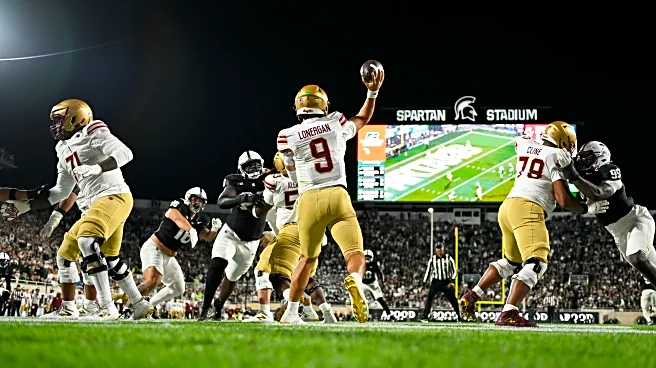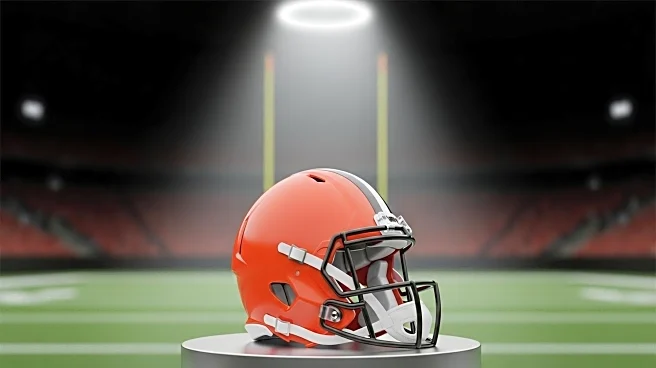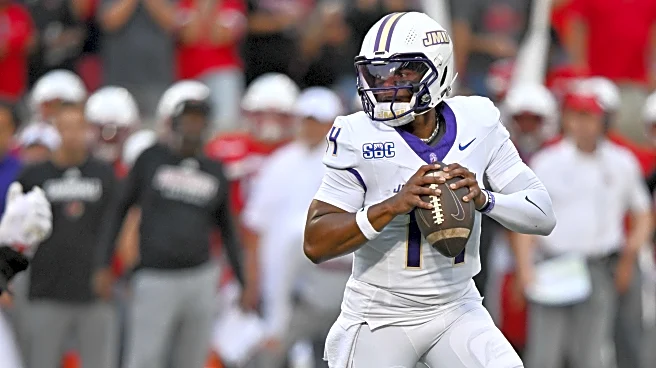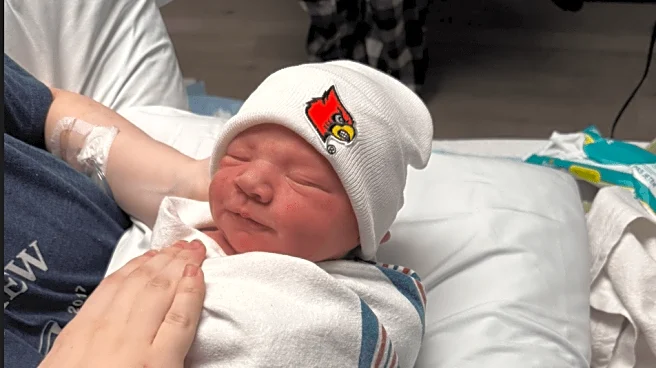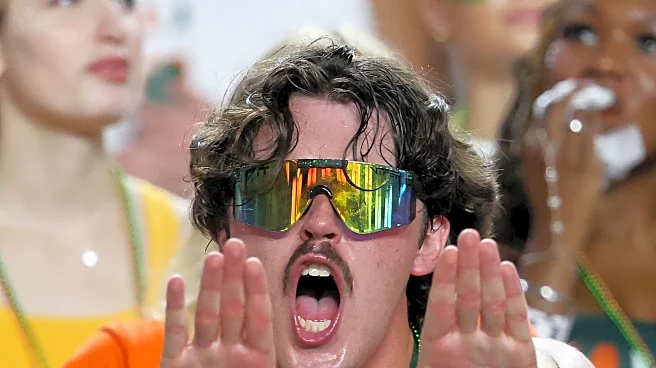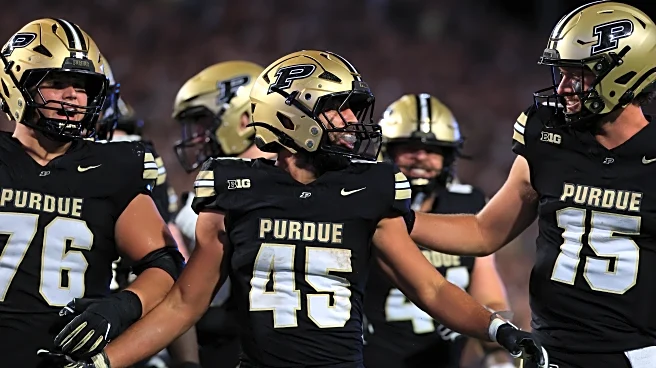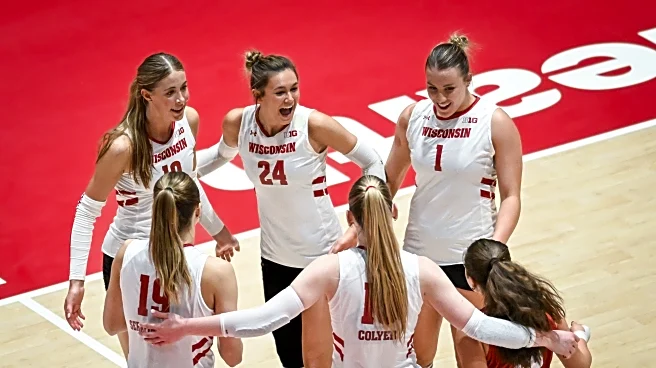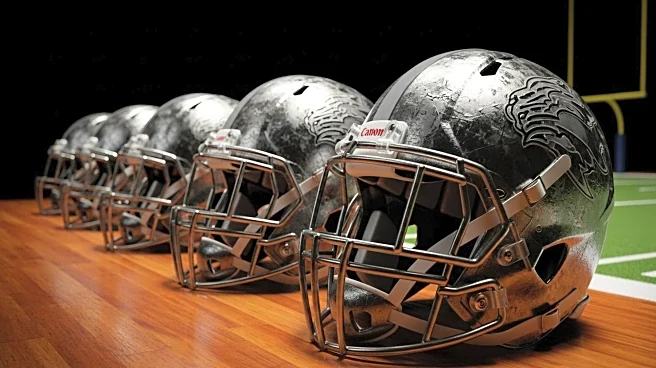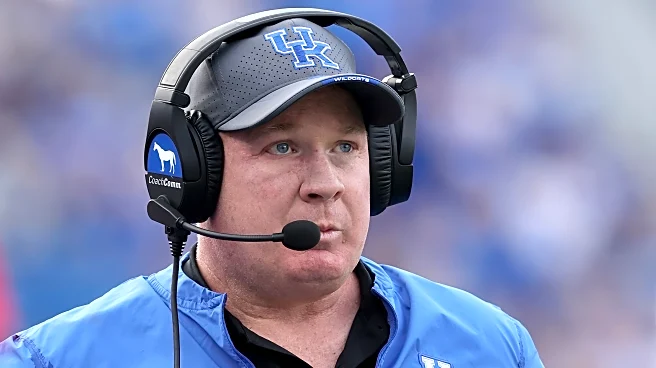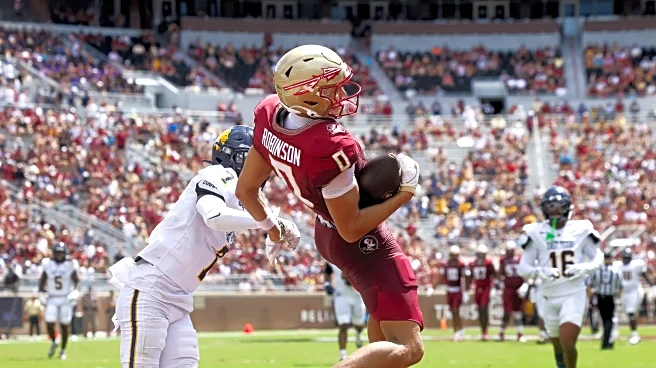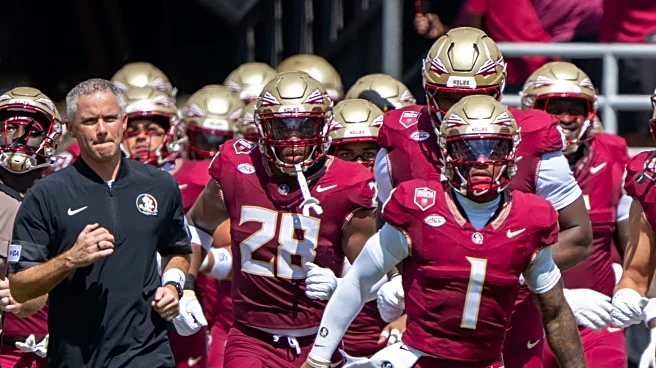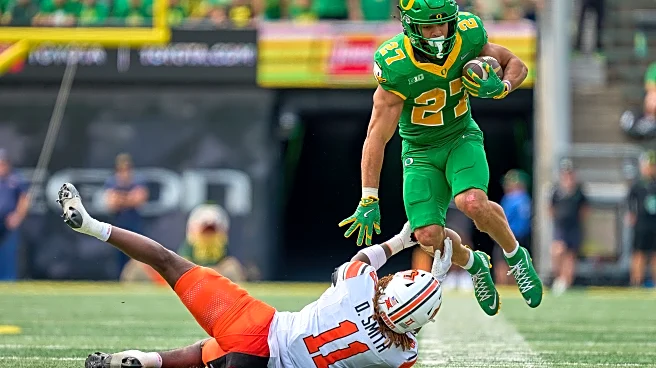
Louisville ended the first quarter of Friday’s game against JMU without a lot of positives to take away. The defense played well but gave up a touchdown on a short field. There was nothing to be happy with with the offense, but trusting in Jeff Brohm to get things worked out is normal for Cards fans. Well, the second quarter didn’t go much better than the first, but the defense settled in, which helped them in the long run.

The defensive front for Louisville did a great job of crashing down on blockers
for most of the game, and this play is a good example of that. Justin Beadles at the top of the line does a great job of dipping his shoulder to get inside of the blocker and getting him on his back. He can then play down the line and meet the running back at the hole. AJ Green does the same by just driving the left tackle down the line so that he can’t get up the field and get to his block. Both actions close the hole for the back, and Beadles and Green meet in the middle to make a big stop on second and short.

The name of the game for the Louisville defense is stopping explosive plays. This play is fine if you can ensure that it goes for 6 yards instead of 60. Everyone does their job, and D’Angelo Hutchinson makes the play after he attacks the blocker. Antonio Watts does a great job of setting the edge of the defense here as he gets width until the runner has to cut up the field. That allows the rest of the defense to get to the ball. This is really unselfish stuff from the second level to take on blocks when needed. One thing I would love to see here, though, is Hutchinson getting up the field a little more quickly. He hesitates just a bit, but I think he gets more aggressive on this type of play as the year goes on.

This is teaching tape from Rene Konga. I wrote about how the elite defenses stop the run with their defensive line years ago, and Konga does just what I was pointing out on this play. The video clips in that old post don’t work anymore, but what you see from Konga in the middle of the line here is exactly how a nose tackle should take on a double team. He gets underneath the blockers, and then he uses what I call the “long leg” technique to anchor himself in the ground to make it nearly impossible to move him.
The reason this is such a great technique to use is easy to see in the clip. Konga closes the running lane by himself on this play. He also holds up the left guard from climbing to TJ Quinn at the second level, which allows Quinn to shoot the gap and make the tackle. Konga won’t show up in the box score for this play in any way. He won’t get a tackle, run stuff, or really any notice from the broadcast. But this is the type of play that coaches will highlight in the film room, and they’ll show it to the younger guys next year when Konga has moved on.

I hope Miller Moss bought Chris Bell a really nice steak dinner this weekend. This is a game-changing pick-six if Bell doesn’t turn into a defender in the split second he had to realize the cornerback was breaking on this ball. He gets a shoulder on him, which turns the corner’s body away from the ball so that he can’t make the play. Kudos to Bell for being aware and making a much bigger play than I think anyone noticed at the time.
As for Moss, this is not a great look. I’m willing to give the benefit of the doubt that this is just a nice play by the JMU corner, even though I don’t think that’s the case. But Moss’ body language just isn’t what you want to see from your veteran quarterback. He throws his hands up twice as if someone else was in the wrong here. This is a defeated reaction, and I didn’t think it played well for the leader of the offense.

As much as I love doing these film reviews to try to explain plays to readers, sometimes I learn things myself. I initially blamed this blown up play on the offensive line, but after watching the game again and watching this clip multiple times, it’s actually just bad luck. This is a great call by Jeff Brohm, with JMU playing so aggressively up front in this game. He calls a play-action screen to the wide side of the field, which has the potential for Issac Brown to have a cutback lane in the middle of the field.
It looks like the line allows a free runner, which would be normal on a screen pass, but then a defensive tackle is right there to make the tackle with a lineman right there as though he missed the block. But watch the right end and the defensive tackle to the top of the play. They run a twist with the right end crashing down and the defensive tackle looping around the outside. He just loops right into Brown, and this play is killed before it gets started.

This was the most successful passing play up until this point, and it’s another example of why Jeff Brohm is such a good play caller. He again takes advantage of JMU’s aggression up front to draw in the defense and sneak a player behind the rush. It’s fourth and short, so the power run formation is going to influence the defense, and Jaleel Skinner does a great job of selling his block before leaking out into the vacated area to get open.
This play gives us a good look at Skinner as a weapon in the offense. He takes a little bit to get going because he has to secure the catch, but he gets moving really quickly to get up the field and gets 15 yards down the field in an instant. I think the offense will work a bit better when Nate Kurisky gets back because Skinner can be used in the slot more often, which is where he is at his best.

Miller Moss had a poor game on Friday, but I’m hopeful that film study will help him improve as the season goes on. Bowling Green will be a great opportunity for him to build his confidence, and it will be needed because that is the issue with this play. Watch Caullin Lacy run a simple in-breaking route right at the goal line to get open. The defender is late to get to him, and there is a window to get him the ball easily.
For whatever reason, Moss doesn’t take the easy throw here, but if you watch the clip carefully, you can take your eyes from Lacy being open and scan over to see just how late Moss is to realize that he’s open. The ball should be in the air before Lacy turns his head, but Moss just doesn’t have the timing down for some reason. He then extends the play, and his Jacob Thomas makes a nice play through Bell’s hands to break up the pass. Moss has to make the right play here when it’s available.

This is how you drop coverage and stop a first down. Really loved seeing how Watts and Stanquan Clark played this on third and medium. JMU uses motion to identify the coverage, but they also stack the receivers to try to confuse the defense. Add in the fact that they try to run off the coverage with the number two receiver while sneaking the number three underneath on an in-breaking route. This is a lot of eye candy to try to get enough yards to get the first down, but Watts sees through it, and then he gets downhill in a flash to make a really nice tackle to stop the receiver’s momentum. Clark then comes in to finish it off. This is what you want to see from the veterans on defense.

This is an even better display of how to play the outside runs by the defense. JMU tries to get their speedy back on the outside with a jet sweep, but Watts and Clark are there again to make a really nice play to stop this run. It’s not the same play by JMU, but Clark plays this how I would have liked to see Hutchinson play it. He identifies the play very quickly, and he also starts to get downhill when he recognizes it. When he sees that he doesn’t have the angle, he adjusts and heads towards the sideline with a new angle slightly up the field. This is really good stuff from Clark that shows his growth as a linebacker. He’s under control all the way until he makes contact.
Watts is also showing his growth again here as he continues to take on blocks with the goal of beating the block. This is notable because he is trusting his teammates to make the play if his gamble doesn’t work. If he misses the tackle on this play, he knows someone will be there to make the play. This is what it looks like when defenses play fast, and it’s a great thing to see from this group.

Ron English brought out some nice pressure looks in this game, with this being one that I really liked. He mugs up the linebackers to show blitz and brings five guys with Clev Lubin and AJ Green running a twist on the right side. I thought this was a great use of personnel to have both of the rush ends on the same side of the field. Wesley Bailey had been playing inside on some of the passing downs, but this looks moves guys into different spots, which can make it harder for the offensive line to pick up the pressure.
Bailey has impressed early on as a pass rusher after having some struggles at Rutgers at times. This is a nice speed rush, with good hand usage to break the block of the tackle. He then uses his speed to get past the tackle and meets Lubin at the quarterback. He then throws up his heart celebration in honor of his mother. Love to see it.

It seems like I’m being harsh when it comes to Moss’ play, but this is another odd decision by him that I can’t make sense of. This is “zero” coverage from JMU with no safety in the middle of the field. Chris Bell takes an inside release and runs the corner into the boundary with his route. This clears up the entire endzone to put the ball into for Moss, but he throws it to the front pylon for some reason.
This is one of the few times that Moss stood tall in the pocket to make a throw down the field, and it was frustrating to see him put this ball to the outside instead of putting it towards the “L” and “A” in “Cardinals”. A real missed opportunity here to take the lead going into the locker room.
